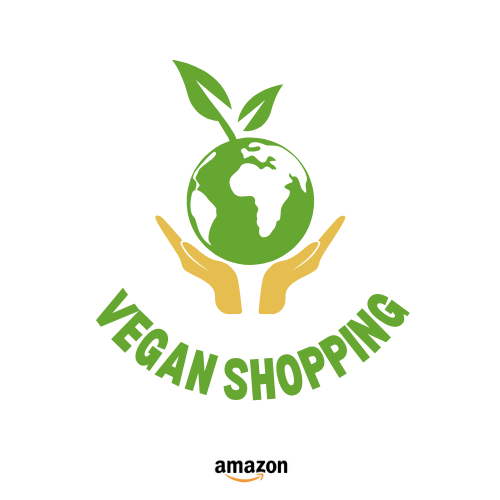California health officials have confirmed the presence of the bird flu virus in raw milk sold by a Fresno County dairy farm. This marks a troubling development in the spread of the H5N1 virus, which has primarily affected birds but is increasingly being detected in other species, including dairy cows.
‘‘The bird flu virus (H5N1) has been found in raw milk from a Fresno County dairy. While no illnesses are reported, officials warn against consuming the recalled batch. This highlights the risks of raw milk and the growing concern over zoonotic disease transmission.’’
The Discovery and Recall
According to the California Department of Public Health, H5N1 bird flu was detected in a sample of whole raw milk from Raw Farm LLC. The affected batch, labeled with batch number 20241109 and a best-by date of November 27, was sold in quart and gallon sizes. As a precautionary measure, the farm has recalled all products from this batch.
While no illnesses have been linked to the contaminated milk, officials have urged consumers to avoid its consumption. “Out of an abundance of caution, and due to the ongoing spread of bird flu in dairy cows, poultry, and sporadic human cases, consumers should not consume any of the affected raw milk,” stated the Department of Public Health.
The Dangers of Raw Milk
Raw milk, which is not pasteurized or homogenized, contains natural bacteria and other microorganisms. While advocates claim raw milk retains beneficial nutrients and enzymes, health experts warn that it poses serious risks of foodborne illness. Pasteurization effectively eliminates harmful pathogens, including Salmonella, E. coli, and Listeria, which are often present in unprocessed milk.
Despite these risks, demand for raw milk in the United States remains strong. This is largely fueled by unproven claims about its supposed health benefits, including enhanced digestion and immune support. The Centers for Disease Control and Prevention (CDC) and the Food and Drug Administration (FDA) strongly advise against raw milk consumption, citing its potential to harbor dangerous pathogens, as this recent incident demonstrates.
The Spread of Bird Flu in the United States
H5N1 bird flu primarily affects birds, but it has been increasingly found in mammals, including farm animals. In March, the first cases of bird flu in dairy cows were documented, and California has since emerged as the epicenter of these infections, reporting 402 cases. Nationally, 616 herds have been confirmed as infected.
The FDA has ramped up testing of dairy products for bird flu as part of broader efforts to monitor the virus. Experts warn that the spread of H5N1 among farm animals represents a significant zoonotic risk, as it increases the chances of human exposure.
Human Cases of Bird Flu
Although human-to-human transmission of bird flu has not been confirmed, sporadic cases among agricultural workers highlight the virus’s potential to infect people. Workers exposed to infected cows through tasks such as milking or handling manure are particularly at risk.
A recent CDC study tested 115 workers from farms in Colorado and Michigan where bird flu had been confirmed in cows. Eight workers were found to have antibodies for H5N1, indicating past infections that likely went undetected. These findings suggest that the actual number of human cases may be higher than reported, raising concerns about underdiagnosed infections in agricultural settings.
When bird flu infects humans, symptoms can range from mild eye irritation and fever to severe respiratory illness. While rare, human infections can be fatal, and the potential for the virus to mutate into a form that allows human-to-human transmission is a growing concern. Some experts have referred to bird flu as a “ticking time bomb” with the potential to cause a future pandemic.
Public Health Implications
The detection of bird flu in raw milk underscores the urgent need for robust surveillance and preventive measures in the agricultural sector. Consumers should heed public health warnings to avoid raw milk and other potentially contaminated products. Workers in close contact with infected animals should take precautions, including wearing protective gear and following hygiene protocols, to minimize their risk of exposure.
A Call for Vigilance
The bird flu crisis is a stark reminder of the interconnectedness of human, animal, and environmental health. The continued spread of H5N1 among farm animals and the potential for human infection call for immediate action. Governments, public health agencies, and the agricultural industry must work together to prevent the virus’s spread and mitigate its risks.
By choosing safer food practices and supporting efforts to curb the spread of infectious diseases, we can help reduce the likelihood of another global health crisis.
Sources:
Centers for Disease Control and Prevention (CDC): Fourth Human Case of Bird Flu in US
California Department of Public Health: Official Recall Notice on Raw Farm LLC Milk
U.S. Food and Drug Administration (FDA): Bird Flu Testing in Dairy Products
World Health Organization (WHO): Zoonotic Risks of Bird Flu
Get my new booklet ‘‘25 Vegan Myths Debunked!’’
This concise guide is invaluable for anyone curious about veganism, offering evidence-based insights and practical guidance to navigate vegan living confidently. All proceeds benefit the promotion of animal rights worldwide!
Visit Our Amazon Store!
Notice: As an Amazon Associate, we earn a commission from qualifying purchases that help promote animal rights worldwide!





